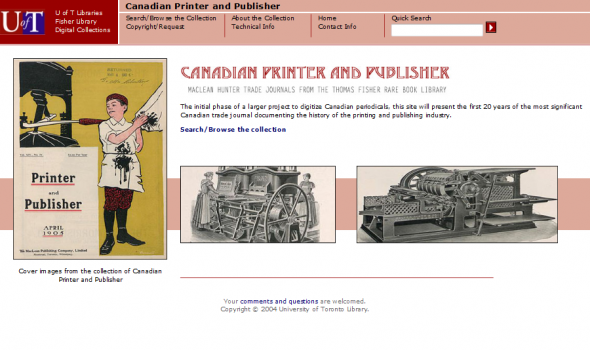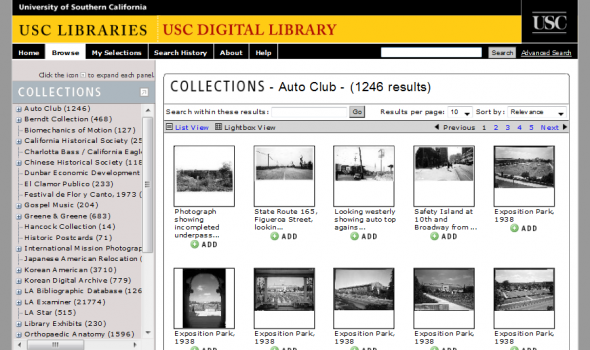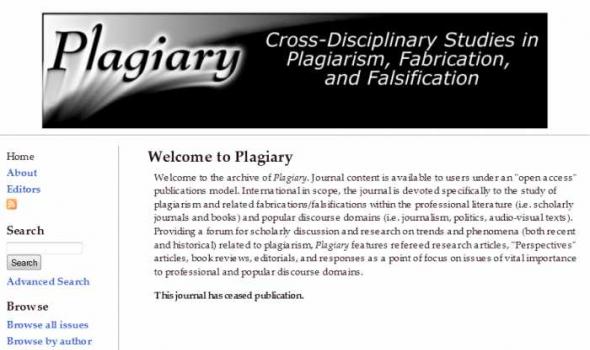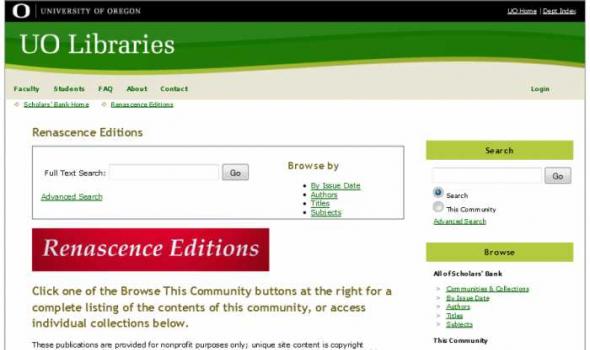In the centuries before there were newspapers and 24-hour news channels, the general public had to rely on street literature to find out what was going on. The most popular form of this for nearly 300 years was 'broadsides' - the tabloids of their day. Sometimes pinned up on walls in houses and ale-houses, these single sheets carried public notices, news, speeches and songs that could be read (or sung) aloud.
The National Library of Scotland's online collection of nearly 1,800 broadsides lets you see for yourself what 'the word on the street' was in Scotland between 1650 and 1910. Crime, politics, romance, emigration, humour, tragedy, royalty and superstitions - all these and more are here.
Mapmaking and printing from 1820 to 2002
The Bartholomew Archive is the remarkable record of the Edinburgh-based firm of map engravers, printers and publishers, John Bartholomew & Son Ltd. It is one of the most extensive cartographic archives available for research in a public institution.
Members of the Bartholomew family were engaged in map-making from the first known map engraving work of George Bartholomew in 1825. John Bartholomew junior started printing operations before 1870. For more than a century afterwards the Bartholomew firm specialised in high-quality map production.
Importance of the archive
The Bartholomew Archive enables us to:
We can trace Scottish printing back to 4 April 1508.
On that date the earliest surviving dated book in Scotland was printed in Edinburgh.
Here you can read full texts of items printed on 33 of the first 38 printing presses set up in Scotland between 1508 and 1900. These have been digitised from the National Library of Scotland's collections.
They include that first dated printed book – see The Complaint of the Black Knight, printed by Chepman and Myllar.
You can also trace the geographical spread of printing in Scotland, from the first printing towns to the 'printing revolution' in the 19th century.
The only known copies of nine of the earliest books printed in Scotland are the most precious items held by the National Library of Scotland in its role as custodian of the nation’s printed heritage.
Known as ‘The Chepman & Myllar Prints’, they were produced in or about 1508 on Scotland’s first printing press, established in Edinburgh (in what is now the Cowgate) by Walter Chepman and Androw Myllar. Chepman, an Edinburgh merchant, provided the money. Myllar, an Edinburgh bookseller who had previously been involved with printing in France, brought with him experience in the book trade.
Welcome to the website where you can find out what was happening in Edinburgh's Theatre Royal at the start of the 19th century.
The Theatre Royal was extremely important in the revival of Scottish culture during this period, and is often associated with popular stage adaptations of novels by Sir Walter Scott. We have digitised a selection of over 240 playbills, which were used to advertise performances and events, using originals in the collection of the National Library of Scotland.
Search or browse the playbills to see who performed in a particular play or which musical events were scheduled for the same night. We provide a list of further reading and links to living theatres in Scotland today.
Muriel Spark was identified as a promising and creative writer when her name was still Muriel Camberg and she was still at school. Some of her poems had already been published by the time she won her first poetry prize, at the age of 12.
Dame Muriel – poet, writer of fiction and literary criticism, and biographer – went on to win most of the literary awards going, was never out of print, and was at the top of her profession, internationally, for more than half a century.
Best-known as the author of 'The Prime of Miss Jean Brodie', Muriel decided in the 1940s to keep a record of her professional and personal activities, beginning a personal archive that is now one of the largest and most comprehensive held by the National Library of Scotland.
Explore almost 1,000 years of Scotland's history via the National Library of Scotland's interactive timeline. Trace events as they happened by reading the first-hand accounts of observers, from the death of St Margaret to the opening of the new Scottish Parliament. Digital facsimiles of some of the most important documents in our collections help to illustrate the story of the shaping of the Scottish nation.
This website is based on an exhibition of manuscripts and printed material held in the National Library of Scotland in the summer of 2000. It uses extracts from the book Reportage Scotland, edited by Louise Yeoman and published by Luath Press in association with NLS.
The Simon Fraser University Library Editorial Cartoons Collection contains over 9300 original drawings published in Canadian newspapers between 1952 and the present.
You can use the quick search form at the top of the page, or click on the advanced search if you want to limit your searches by date and or by cartoonist. The quick search finds words in the following fields: publication information, cartoonist's name, cartoon text, subjects, and display notes.
Images in the database are made available under specific terms of use.
Most records in the database indicate the "SFU MsC Code" for the cartoon; this is the call number to request the drawing in the Library's Special Collections.
The initial phase of a larger project to digitize Canadian periodicals, this site will present the first 20 years of the most significant Canadian trade journal documenting the history of the printing and publishing industry.
The objective of the Canadian Printer and Publisher online collection was to digitize and provide web access to the first 20 years of the most significant Canadian trade journal documenting the history of the printing and publishing industry.
The project implementation can be divided into three separate processes:
Scanning
Metadata creation
Database creation and web access
DIGITAL COLLECTIONS About the Collection John P. Morton and Company was a publishing firm based in Louisville, Kentucky for much of the 19th and the first half of the 20th centuries. John Price Morton (1807-1889) started out working as a clerk in a bookstore in Lexington, Kentucky. In 1825 William W. Worsley hired him to manage his Main Street shop, the Louisville Book Store. The company published a daily newspaper, The Focus , which merged with the Louisville Journal into the Journal and Focus , a precursor to the Courier-Journal ; the weekly Louisville Medical News ; and Home and School , a monthly journal of popular education. In 1838 Morton and Henry A.
DIGITAL COLLECTIONS About the Collection The Louisville Herald-Post newspaper was created when James Buckner Brown (1872-1940) purchased the Louisville Herald and Louisville Post in January 1925 and merged them into a single newspaper. Brown, a Louisville banker and politician, sought to operate the Herald-Post as an alternative to the Louisville Times and Louisville Courier-Journal, which were both owned by the Bingham family. The Herald-Post went bankrupt in 1936. The newspaper's photo morgue was then donated to the Louisville Free Public Library where it was used extensively as a research collection before being accessioned by the University of Louisville Photographic Archives in 1994.






























